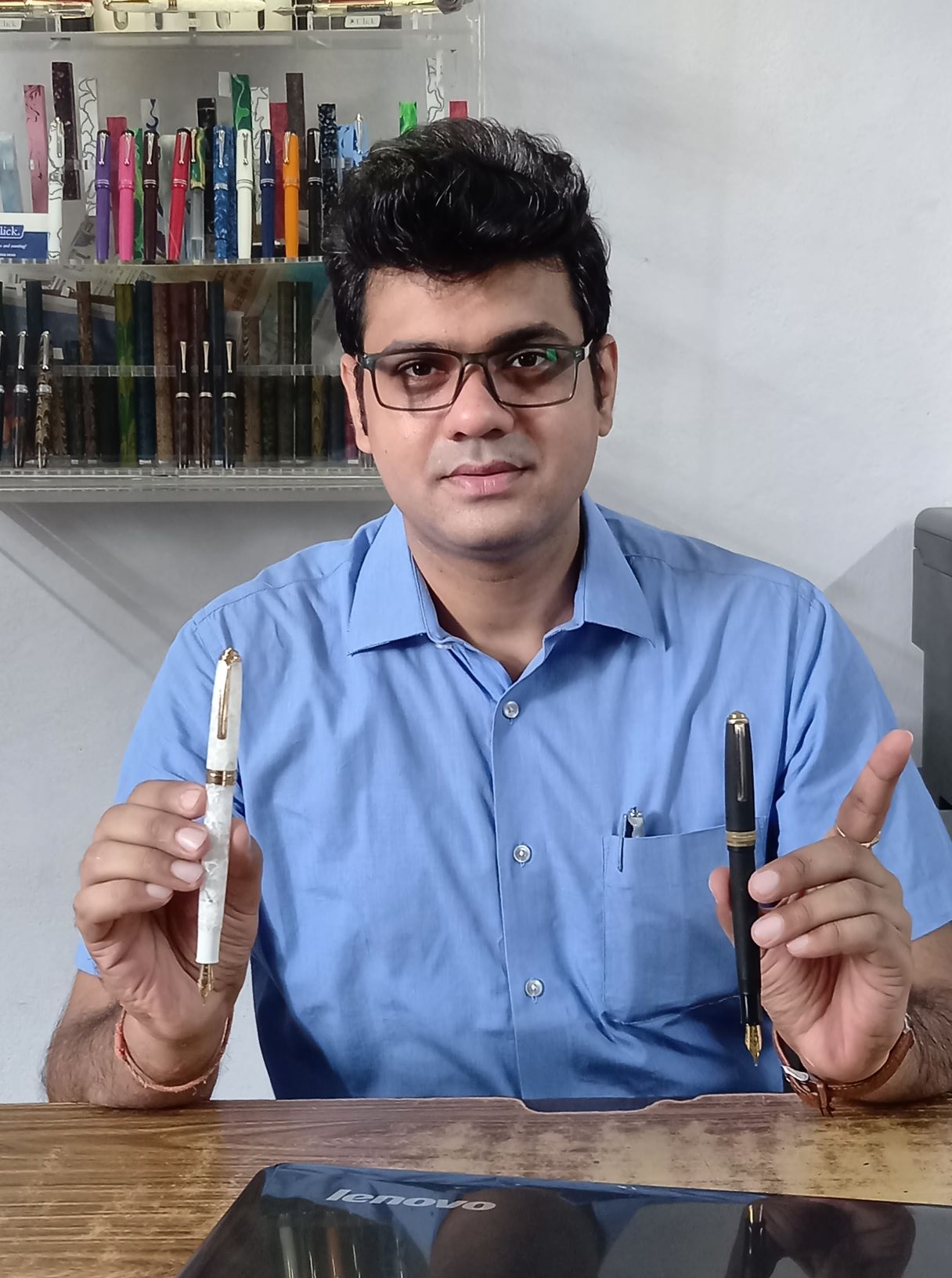
The nib, they say, maketh the pen, just like character maketh the man!
Yes, we are talking of the shiny metal jutting out from the frontal end of the pen barrel which sucks the ink from the innards of the pen and through capillary action, deposits it on the paper. Typically, a nib has a tip, two tines, a slit between them and a breather hole at the end of the slit. It also often has designs and a whole lot of information imprinted, but they do not add to the functionality of the nib and can be ignored for almost all intents and purposes.
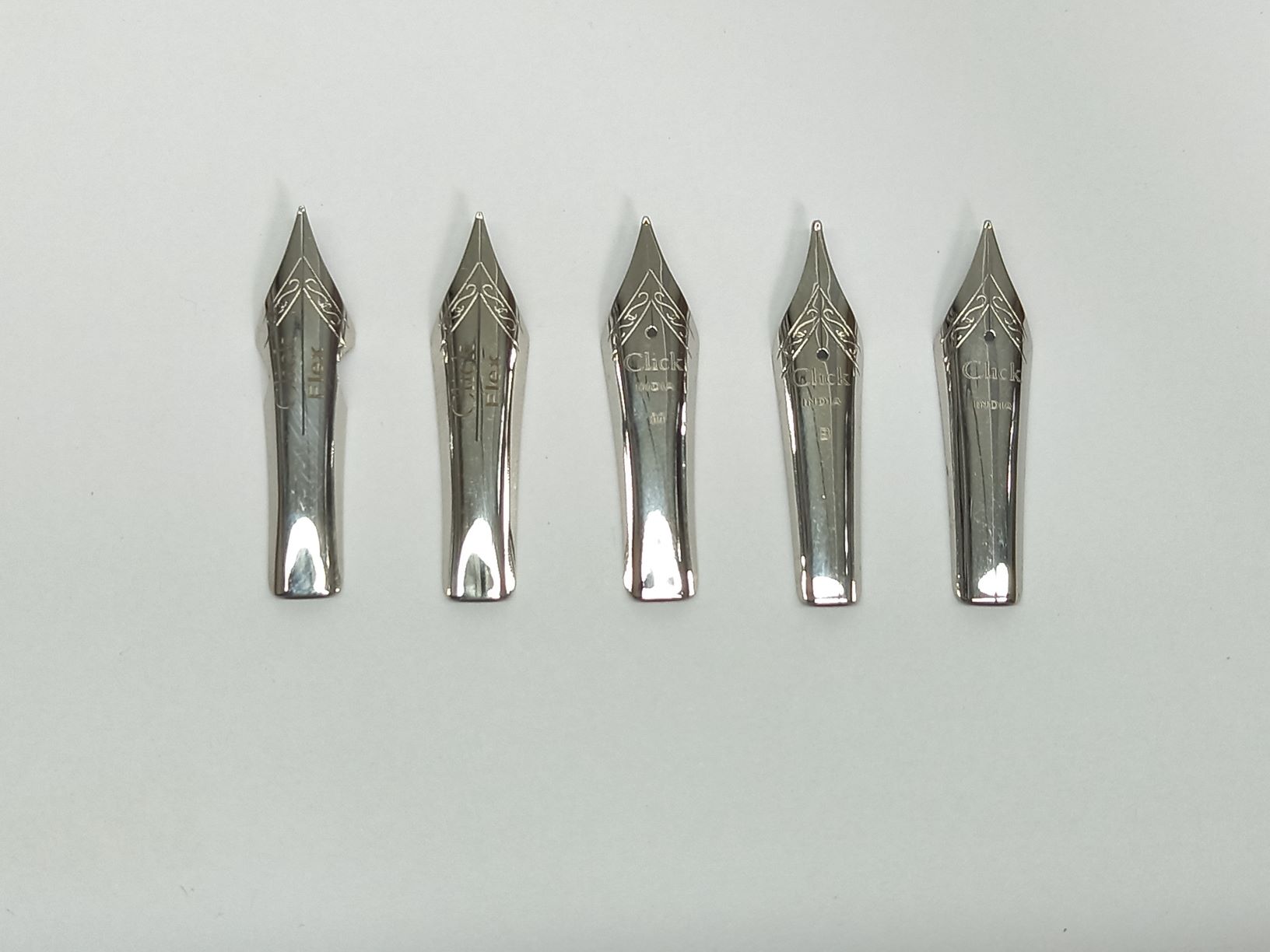
Then comes the four pillars on which the performance of the nib rests – they are, in no particular order of importance, the material, the tip shape, the flexibility and the size.
Nibs are overwhelmingly either made of gold or steel and the colour of the nib does yield little about the material it is made of as often, the actual nib has a plating on it (which explains the black nibs). Gold nibs again, are not necessarily better than steel nibs per se, as almost all nibs have tips made of a harder material like tungsten or iridium. However, gold certainly cushions any feedback due from the imperfection (if any) at the tip better than steel, leading to a more pleasurable writing experience.
Then comes the tip shape, which determines how exactly the pen writes. Most nib tips are round, which produces a uniform line regardless of the angle or the orientation of the nib on the paper. The stub or the calligraphy (or italic) nib on the other hand is straight and flat, which is supposed to produce a bold, heavy line vertically, while creating a thin line horizontally. Other tip shapes include those specifically created for left-handed writers, zoom nibs, oblique nibs and for Arabic writing to name a few.
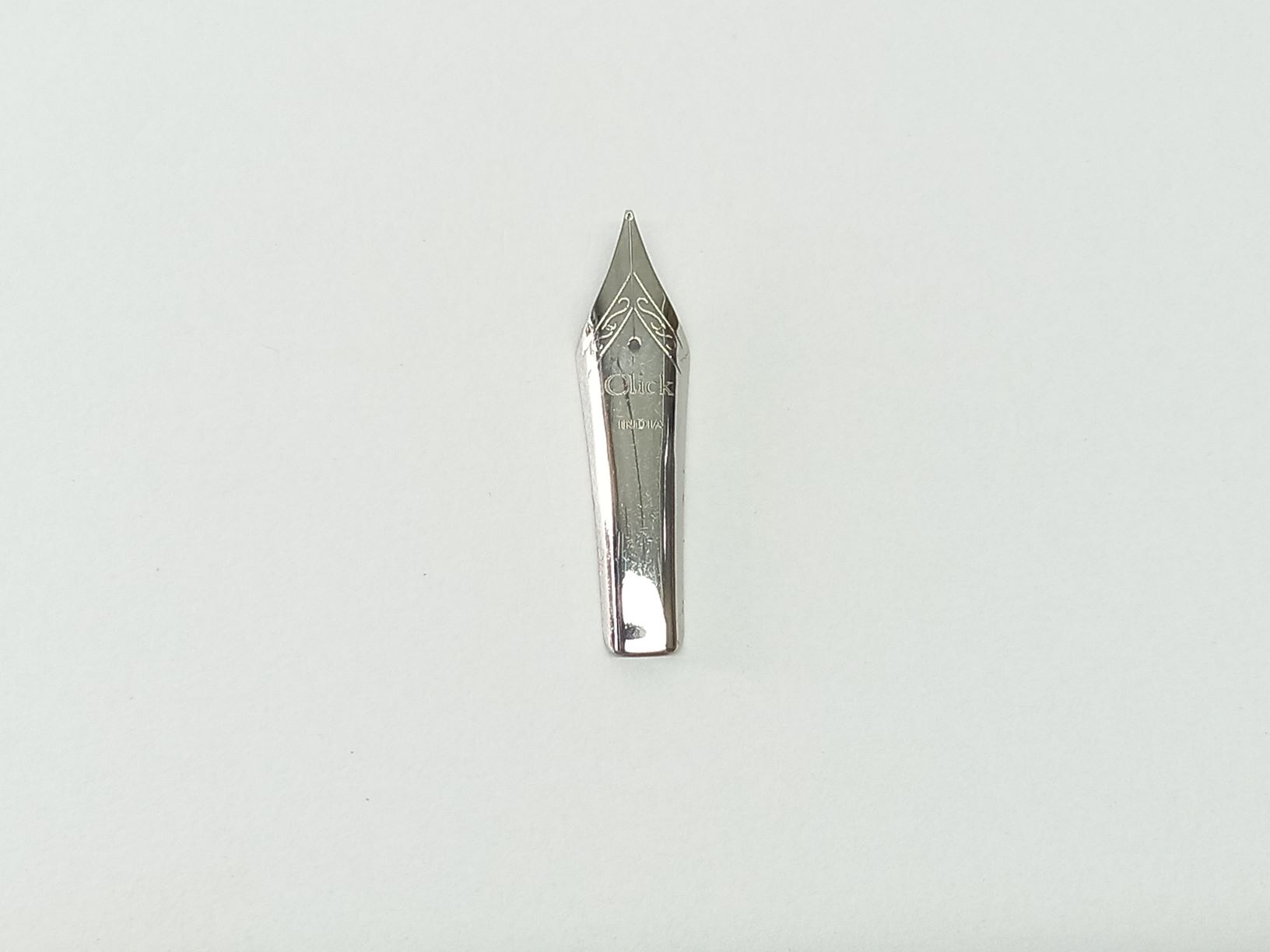
This brings us to the most important, and widely checked characteristic of the nib – the tip size, which determines how thick or thin the pen writes. Normally there are five types – Extra Fine, Fine, Medium, Broad/ Bold and Extra Broad (BB 1.1 mm or 1.5 mm often also called Stub). Here the point to be noted is that generally European Nibs are always a step higher in terms of line thickness (towards Broad) than Japanese nibs and vice versa. This is because the Japanese letters are much more intricate and calls for more finesse in strokes when compared to European language lettering. Besides, the Japanese hands too are smaller on an average than the European ones.
The rule of the thumb is that the finer the nib, the more controlled (read drier) the ink flow and stiffer the writing experience – which calls for more adept hands, as very fine nibs, if pressed too hard, can tear through the paper. On the other extreme, broad, wet nibs feel softer on the hand and provide for, apart from the writing pleasure, a better display of the ink’s highlights though, on the flipside they are also prone to more feathering and bleeding on paper that is not friendly to fountain pens.
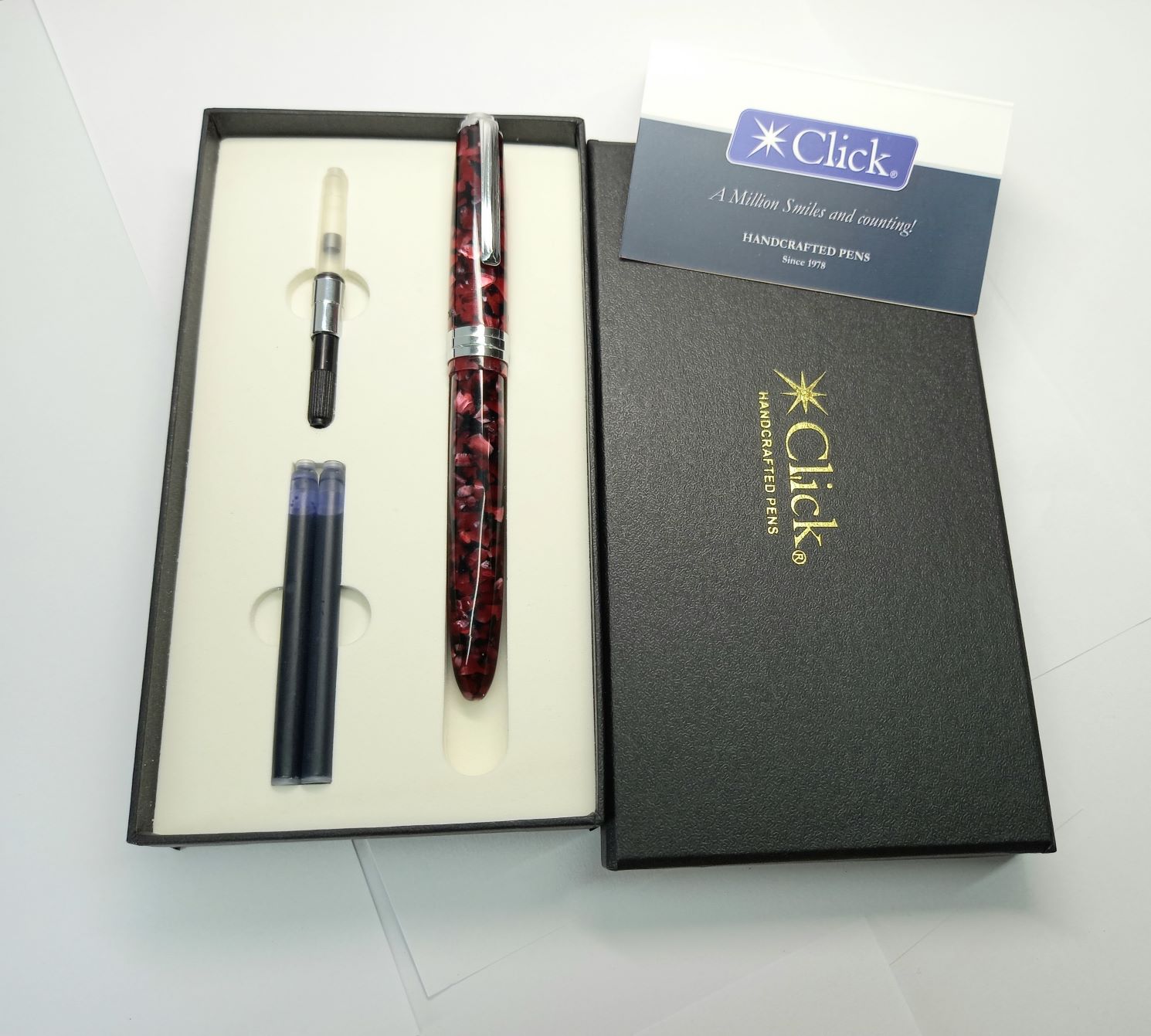
This brings us to the final frontier – the flexibility. Basically, it is about how wide the tines part under pressure, leading to line variations. Flex nibs were a necessity back in the day when cursive writing was the norm but are now used more for the fun element, though the joy they provide should not detract one from the fact that they are fragile and too much pressure may cause irreparable damage to them. One unique feature that only flex nibs provide is “rail roading” which occurs when the ink does not flow well enough, resulting in the two tines leaving two near parallel lines as in a railway track. There are the musical nibs as well, which I must mention to keep the record straight, but are extremely rare.
The Click Falcon range comes with the entire spectrum of nibs – from F to Broad. Our nibs are stainless steel, have Iridium tipping and are robust by any standards. We see to it that the nibs provide the maximum amount of writing pleasure even while they retain their ability to withstand the common onslaught brought about by regular writing and the corrosive influence of inks in the normal course.
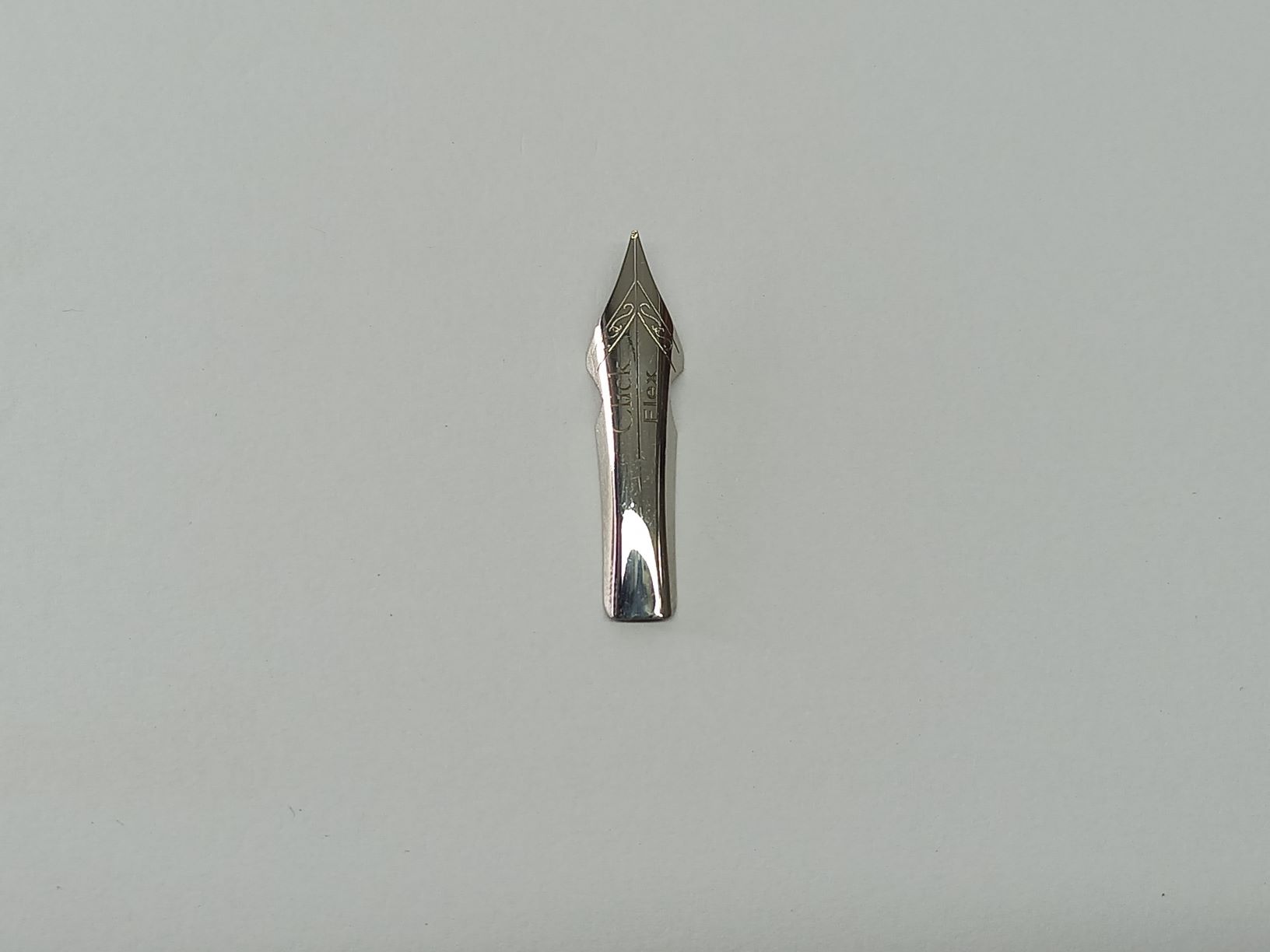
Click nibs are based on international standards in terms of width and are therefore on the thicker / bolder side when compared to their Japanese counterparts, aligning more to the nibs of German origin. While it has been Click’s practise to use proprietary nibs that proudly carry the Click branding, we are seriously considering, based on market feedback, fitting a special line of Falcon with Jowo, Schmidt and Bock nibs.
Click started its maiden journey in 1978 and I am the third generation running the business. We are a family run business, located in Indore and have painstakingly built up our operations learning as we have progressed. Yes, we have taken the acquisition route where ever we found expedient, but the fact remains that nothing was easy and even as one fountain pen maker after the other had downed shutters, Click had continued resolutely, with single minded devotion, which has brought us to where we are today. I am saying all this because the reputation that we have built did not come easy – we had to fight for it and we are therefore just that much more determined to do everything to maintain our honour, our reputation, our pride, which is carried forward in every pen, every nib that bears the Click name. It is not easy being an OEM, especially for brands in the advanced western countries and Click – your Click – has been working as one for years now.
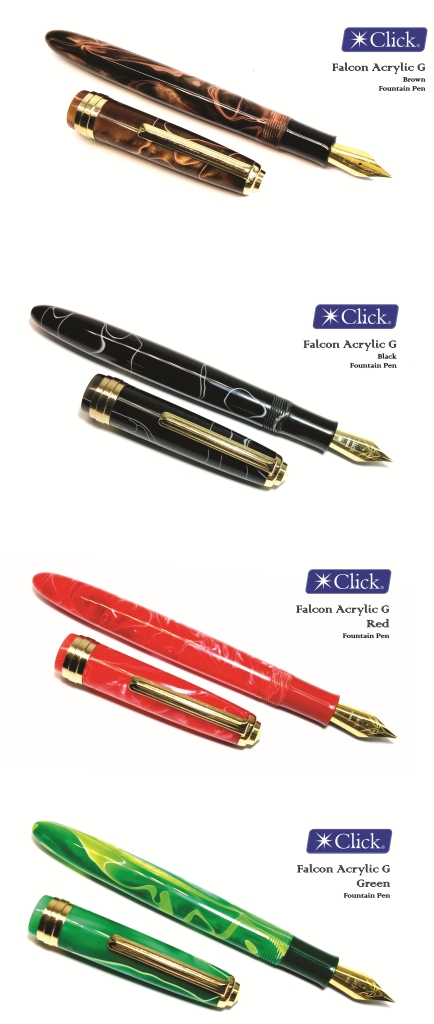
You can trust us. Trust the pens we make pens. Trust the nibs we put on our pens.

Harsh Gagwani, the man behind Click Pens was forced to join the business when he was still pursuing his studies as his father had fallen critically ill. That did not deter him – he continued all the way to an MBA degree, even while he spearheaded Click pen to its position of dominance in the market. He is one of the most revered names in the industry not only by virtue of the prowess of the Click brand he has created but also because of his hands-on, in-depth knowledge about fountain pens and the transparency with which he conducts business without exception. – Editor
For more information: http://www.uniquepen.in/
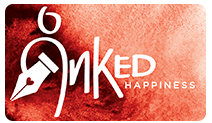
Thanks to Chawm and Harsh for a fun and informative article. I look forward to experiencing Click!
Amazing…JoWo nubs will bring a whole new dimension to Click pens..way to go Harsh ji
The Click Orion with the Schmidt Nib writes as smoothly as butter on a hot pan !
So, not a bad idea to provide options for Schmidt/Bock/JoWo nibs on the higher end Click Pens.
Very nicely written.
Like to buy a pen from you
I recently acquired, few Click Aristocrat pen, that is the best bang for buck pen, it is sooo smoooth straight out of the box. It is as good as sheaffer or parker in smooth writing. Using it for more than a week now, my elder daughter loves it. for 350 you get new good nib with well fitted feed, which is 3 in 1, support cartridge, and convertor. Both of which are shipped along with the pen.
This pen is much try.
I hope people like him and Kanwrite, join hands with boutique custom pen makers in india and provide Excellent fountain pens.
Click is one of the most affordable fountain pen in the indian fountain pen scenario.. Any fp lover should have some click pens to start their journey towards the love of fps.
Very informative Chawm, I am an avid user of click fountain pens, most affordable Indian fountain pens
I want to see the Aristocrat design in Ebonite form….and with Jowo Nibs.
Chawm da nibed it as usual. Kudos click for gorgeous pens they make